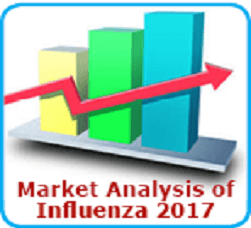
Jwee Chiek
veterinary epidemiologist and a research scientist at the Norwegian Veterinary Institute, NORWAY
Title: Occurrence and spread of influenza A(H1N1)pdm09 virus infection in Norwegian pig herds based on active serosurveillance from 2010 to 2014
Biography
Biography: Jwee Chiek
Abstract
The incursion of influenza A(H1N1)pdm09 virus was detected by Norway’s active serosurveillance of its pig population in 2009. Since then, surveillance data from 2010 to 2014 revealed that 54% of 5643 herd tests involving 1567 pig herds and 28% of 23 036 blood samples screened positive for antibodies against influenza A virus. Positive herds were confirmed to have influenza A(H1N1)pdm09 virus infection by haemagglutination inhibition test. In 50% of positive herd tests, 560% of the sampled pigs in each herd had antibodies against influenza A(H1N1) pdm09 virus. This within-herd animal seroprevalence did not vary for type of production, herd size or year of test. The overall running mean of national herd seroprevalence, and annual herd incidence risks fluctuated narrowly around the means of 45% and 32%, respectively, with the highest levels recorded in the three densest pig-producing counties. The probability of a herd being seropositive varied in the five production classes, which were sow pools, multiplier herds, conventional sow herds, nucleus herds, and fattening herds in descending order of likelihood. Large herds were more likely to be seropositive. Seropositive herds were highly likely to be seropositive the following year. The study shows that influenza A(H1N1)pdm09 virus is established in the Norwegian pig population with recurrent and new herd infections every year with the national herd seroprevalence in 2014 hovering at around 43% (95% confidence interval 40–46%).

